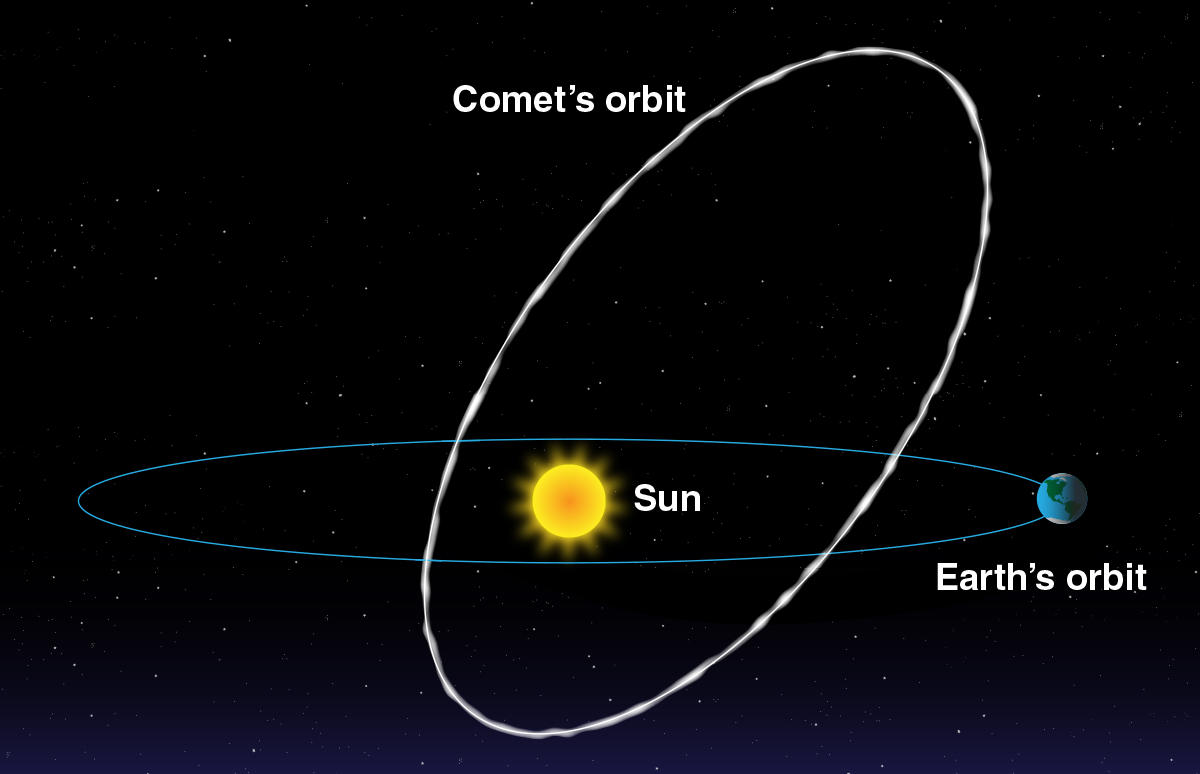Geography
Perseids Meteor Shower
- 13 Aug 2020
- 4 min read
Why in News
The Perseids meteor shower will be active from 17th-26th August 2020.
- This is an annual celestial event and is considered the best meteor shower, as many bright meteors and fireballs shoot through the sky making it easy for people to watch it from Earth.
Key Points
- Meteor: It is a space rock or meteoroid that enters Earth's atmosphere.
- Meteoroids are objects in space that range in size from dust grains to small asteroids.
- Most are pieces of other, larger bodies that have been broken or blasted off. These come from comets, asteroids, planets and the Moon.
- When meteoroids enter Earth’s atmosphere (or that of another planet, like Mars) at high speed and burn up, the fireballs or “shooting stars” are called meteors.
- As the space rock falls towards the Earth, the resistance—or drag—of the air on the rock makes it extremely hot.
- As it passes through the atmosphere, it leaves behind streaks of glowing gas (shooting star) that are visible to the observers.
- Fireballs are larger explosions of light and color that can persist longer than an average meteor streak. This is due to the fact that fireballs originate from larger particles of cometary material.
- When a meteoroid survives its journey through the atmosphere and hits the ground, it’s called a meteorite.
- Meteoroids are objects in space that range in size from dust grains to small asteroids.
- Meteor Shower:
- When Earth encounters many meteoroids at once, it is called a meteor shower.
- Comets, like Earth and the other planets, also orbit the sun. Unlike the nearly circular orbits of the planets, the orbits of comets are usually quite lop-sided.

- As a comet gets closer to the sun, some of its icy surface boils off, releasing lots of particles of dust and rock (meteoroids).
- This comet debris gets scattered along the comet's path, especially in the inner solar system (includes planets Mercury, Venus, Earth and Mars) as the sun's heat boils off more and more ice and debris.
- Then, several times each year as Earth makes its journey around the sun, its orbit crosses the orbit of a comet, which means Earth encounters a bunch of comet debris.
- Comets, like Earth and the other planets, also orbit the sun. Unlike the nearly circular orbits of the planets, the orbits of comets are usually quite lop-sided.
- Meteor showers are named for the constellation where the meteors appear to be coming from. So, for example, the Orionids Meteor Shower, which occurs in October each year, appears to be originating near the constellation ‘Orion the Hunter’.
- When Earth encounters many meteoroids at once, it is called a meteor shower.
- Perseids Meteor Shower:
- It peaks every year in mid-August. It was first observed over 2,000 years ago.
- The Perseids occur as the Earth runs into pieces of cosmic debris left behind by the comet Swift-Tuttle.
- The cloud of debris is about 27 km wide, and at the peak of the display, between 160 and 200 meteors streak through the Earth’s atmosphere every hour as the pieces of debris, travelling at some 2.14 lakh km per hour, burn up a little less than 100 km above the Earth’s surface.
- It gets its name from the constellation Perseus.
- Pollution and monsoon clouds make the Perseids difficult to view from India.
- Comet Swift-Tuttle: It was discovered in 1862 by Lewis Swift and Horace Tuttle and takes 133 years to complete one rotation around the sun.






